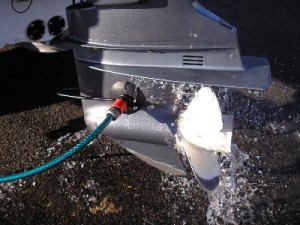Tune-Up V: Now Have Some Fun
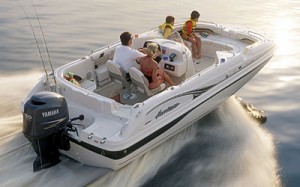
This past week, we’ve looked at virtually every facet of an annual outboard tune-up, from inspecting the propeller blades to scanning for oil leaks and replacing the fuel filter. In today’s final installment of our five-part series, we’ll finally get to enjoy the fruits of all that labor. In other words, it’s time to hit the water. After adding wax to the cowling in order to protect from corrosion, you’re all set to mount the outboard and take it to a lake or river.
Once the motor has been mounted, it’s time to start the engine. Unfortunately, there are a few more checks to be performed before we can use the boat for recreational endeavors with any confidence. We’ve already replenished the motor with fresh outboard oil, but we have not yet checked the water pump. The flow of water near the rear of the engine should give us a good idea that the pump is functioning properly.
Allow the engine to idle for a few minutes while it warms up. Adjust the carburetor jet and twiddle the fuel-mix knob at the front of the motor. It should begin to idle smoothly. Then put it into gear and take a quick spin. This maintenance procedure should keep your outboard motor running smoothly and trouble-free for the remainder of the season.


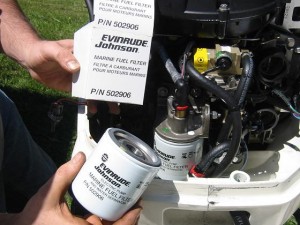 Today we present the fourth in our five-part series on annual outboard motor tune-ups. With any luck, this will have given you a better idea of how to go about conducting this yearly routine. As always, it’s critical to follow the maintenance guidelines provided by the outboard manufacturer above all else. Now, let’s move on to the fuel filter. This unit separates fuel from water, in effect allowing the motor to run smoothly and efficiently.
Today we present the fourth in our five-part series on annual outboard motor tune-ups. With any luck, this will have given you a better idea of how to go about conducting this yearly routine. As always, it’s critical to follow the maintenance guidelines provided by the outboard manufacturer above all else. Now, let’s move on to the fuel filter. This unit separates fuel from water, in effect allowing the motor to run smoothly and efficiently.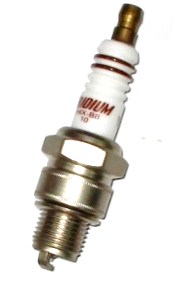 Before picking up where we left off yesterday – greasing a few of the moving parts of the throttle – let’s quickly review what’s been done so far. We began the annual full-scale outboard tune-up by looking closely at the propeller for serious signs of wear and tear. Next, we looked for visible leaks around the propeller’s base. We added new
Before picking up where we left off yesterday – greasing a few of the moving parts of the throttle – let’s quickly review what’s been done so far. We began the annual full-scale outboard tune-up by looking closely at the propeller for serious signs of wear and tear. Next, we looked for visible leaks around the propeller’s base. We added new 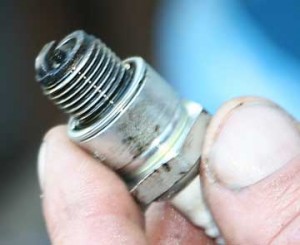
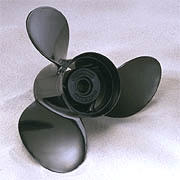 In order to keep your marine motor running smoothly and efficiently, it’s essential to perform a full-scale tune up at least once a year. This guide to annual tune ups is not intended to be an absolute authority on how to do your maintenance work but rather as a series of suggestions. As previously discussed, each individual outboard comes with a specialized maintenance schedule courtesy of the manufacturer. Adhere to that schedule first and foremost.
In order to keep your marine motor running smoothly and efficiently, it’s essential to perform a full-scale tune up at least once a year. This guide to annual tune ups is not intended to be an absolute authority on how to do your maintenance work but rather as a series of suggestions. As previously discussed, each individual outboard comes with a specialized maintenance schedule courtesy of the manufacturer. Adhere to that schedule first and foremost.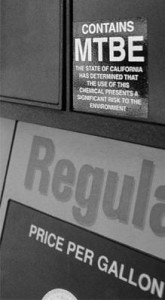 Several decades ago, when Congress granted the Environmental Protection Agency increased powers to regulate America’s air and water pollution, outboard motor manufacturers were forced to take notice. Inefficient 2-stroke engines had been the norm up to that point, and it was agreed that the outboard companies would either have to drop 2-strokes from their product lines entirely or find a way to make them more eco-friendly.
Several decades ago, when Congress granted the Environmental Protection Agency increased powers to regulate America’s air and water pollution, outboard motor manufacturers were forced to take notice. Inefficient 2-stroke engines had been the norm up to that point, and it was agreed that the outboard companies would either have to drop 2-strokes from their product lines entirely or find a way to make them more eco-friendly.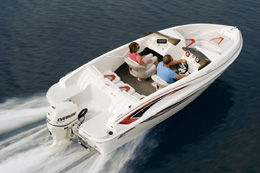 If you’re anything like me, your outboard-powered boat is your true pride and joy; it’s your portal to a quiet, early morning fishing session or to an adventure in uncharted waters. Since I don’t have much spare cash to spend on costly repairs and replacement parts, I make sure to put in the routine maintenance work when it really matters. If you take a few minutes to perform some checks before leaving the dock, you’ll thank yourself later.
If you’re anything like me, your outboard-powered boat is your true pride and joy; it’s your portal to a quiet, early morning fishing session or to an adventure in uncharted waters. Since I don’t have much spare cash to spend on costly repairs and replacement parts, I make sure to put in the routine maintenance work when it really matters. If you take a few minutes to perform some checks before leaving the dock, you’ll thank yourself later.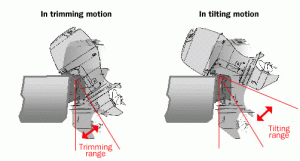
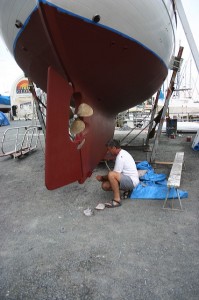 If you’ve ever taken a look at a tall ship or even a cruise liner, you may have noticed an element that most of those enormous boats have in common. Along the bow, the stern and the underside of the boat you’ll find barnacles and other saltwater mainstays. A shipwrecked vessel will attract even more barnacles than an active one. Needless to say, these crusty objects clinging to the underside of the craft do much to slow things down.
If you’ve ever taken a look at a tall ship or even a cruise liner, you may have noticed an element that most of those enormous boats have in common. Along the bow, the stern and the underside of the boat you’ll find barnacles and other saltwater mainstays. A shipwrecked vessel will attract even more barnacles than an active one. Needless to say, these crusty objects clinging to the underside of the craft do much to slow things down.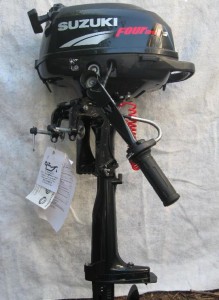 Buying an outboard motor is a process that should not be taken lightly. As perhaps the most critical purchase you’ll ever make in regards to your boat, it deserves significant preparation and forethought. Take some time to explore the market – both online and at nearby dealerships. Scan the classified ads in your local newspaper for used outboards, but remember that most marine engines manufactured since 1990 should receive TC-W3 certified
Buying an outboard motor is a process that should not be taken lightly. As perhaps the most critical purchase you’ll ever make in regards to your boat, it deserves significant preparation and forethought. Take some time to explore the market – both online and at nearby dealerships. Scan the classified ads in your local newspaper for used outboards, but remember that most marine engines manufactured since 1990 should receive TC-W3 certified 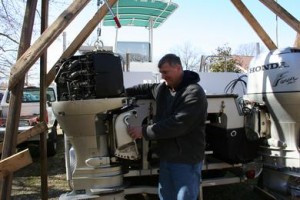 By now you’re probably familiar with the big three names in outboard motors: Evinrude, Yamaha and Mercury. In recent years, the Environmental Protection Agency has tightened its restrictions on engine efficiency and marine pollution. This just makes sense as the American public becomes more sensitive to ecological issues and biofuels are made a viable alternative to fossil fuels in automobiles.
By now you’re probably familiar with the big three names in outboard motors: Evinrude, Yamaha and Mercury. In recent years, the Environmental Protection Agency has tightened its restrictions on engine efficiency and marine pollution. This just makes sense as the American public becomes more sensitive to ecological issues and biofuels are made a viable alternative to fossil fuels in automobiles.